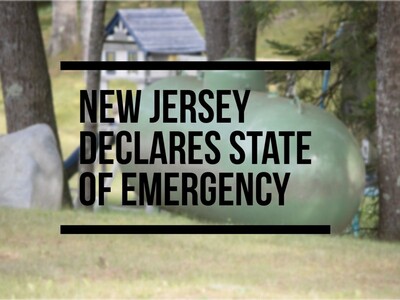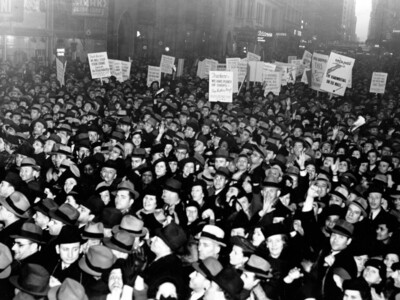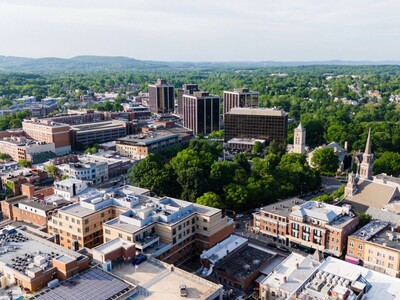NJ TRANSIT's New AI Safety Initiative Funded by $1.6 Million Federal Grant
In partnership with Rutgers CAIT, NJ TRANSIT aims to enhance grade crossing safety through advanced AI technologies.
NEWARK, NJ – NJ TRANSIT has been announced as the recipient of a substantial $1.6 million grant awarded by the United States Department of Transportation (USDOT). This funding is earmarked for developing and deploying Artificial Intelligence (AI)-based systems, specifically designed to improve the safety measures at light rail grade crossings.
Collaborating with Rutgers University Center for Advanced Infrastructure and Transportation (CAIT), NJ TRANSIT is set to pioneer research and development efforts to mitigate pedestrian and vehicle collisions and lay the groundwork for safety solutions driven by community needs.
Kevin S. Corbett, President & CEO of NJ TRANSIT, highlighted the significance of this initiative, stating, “Alongside Rutgers CAIT, we are working to set a new standard in transportation safety aimed at preventing grade-crossing incidents leveraging the power of artificial intelligence.”
The initiative received strong support from Congressman Rob Menendez, who praised the innovative use of federal funds to advance safety measures along the Hudson-Bergen Light Rail, a critical transportation artery in his district.
“By investing in innovative solutions for transportation safety, we can protect commuters and pedestrians and modernize New Jersey’s infrastructure,” Menendez remarked, spotlighting the broader implications for state infrastructure modernization.
At the heart of this project is the deployment of AI-powered technologies, including stationary and forward-facing cameras, to collect and analyze data on rail grade crossings and rights-of-way. This technological advancement, as CAIT Director Dr. Ali Maher explains, “allows NJ TRANSIT to collect and analyze previously unattainable safety data.”
This data-driven approach is poised to inform the implementation of safety measures that protect the community and enhance rail service reliability and efficiency.
The project unfolds in two stages, the first is a prototype phase to integrate AI-powered technology across five light rail grade crossings and incorporate forward-facing cameras in one Hudson-Bergen Light Rail vehicle. This phase aims to refine the technology and lay the groundwork for a comprehensive, network-wide implementation plan.
Looking ahead, Stage 2 will see an expansion of the AI-powered safety system to 50 grade crossings and five light rail vehicles.
This initiative aims to safeguard New Jersey's communities but also serves as a testament to the potential of AI in revolutionizing transportation safety and infrastructure.














